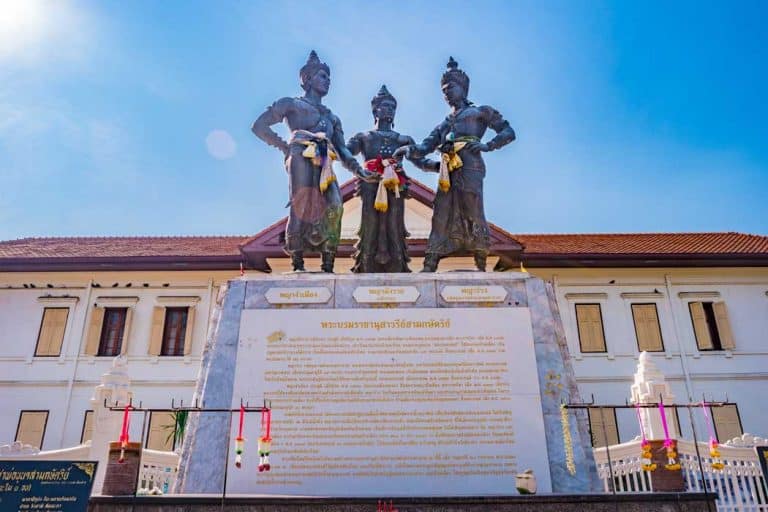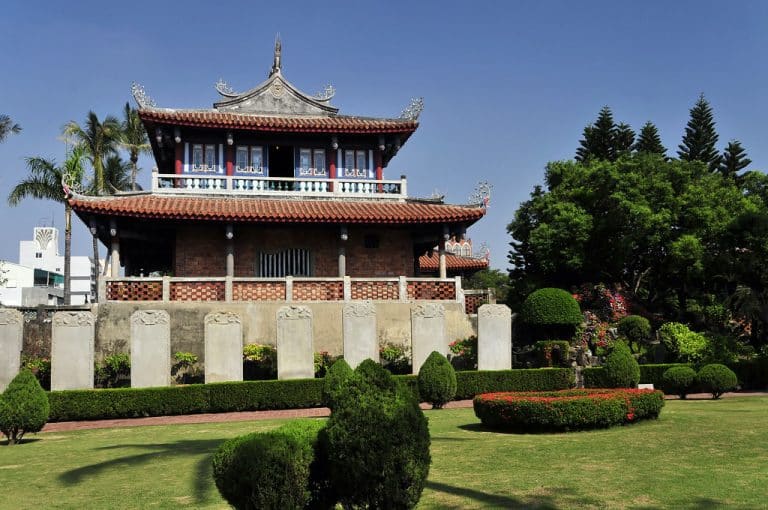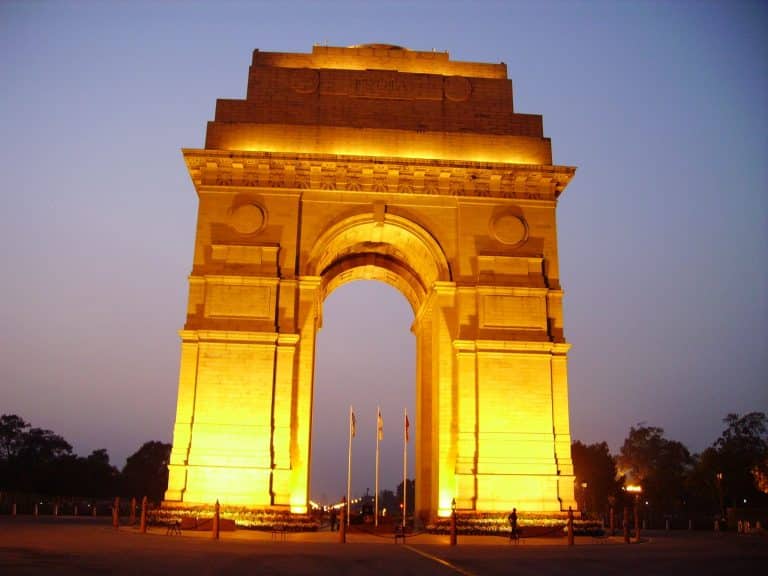Central Asia
I thoroughly enjoyed my time in Eurasia, but was soon eager to explore the region of Central Asia.
Site 1: After my visits in Eurasia, I decided to go to Central Asia to see Bayterek Tower. Bayterk means “tall poplar,” and this site is meant to illustrate the progress of connecting the old world to the modern world. It also symbolizes the tree of life and the egg of Kazakstan’s mythical bird of happiness, the Samruk. The site is located in Kazakhstan’s capital city, Astana. It was built in 1997 to commemorate the establishment of Astana as the new capital of Kazakhstan (the former capital was Almaty). Norman Foster, an architect from England, was the monument’s architect. When I first saw the monument, I noticed its unique design. Many spires ascended to hold a ball made of glass, which is covered in gold. Its size was impressive. It is ninety-seven meters tall without the basement floor. Its total height that includes the ball is 105 meters. The sphere has has a diameter of twenty-two meters. There were many things to do in the tower. Its first level goes four and a half meters underground. Here there are various cafes, aquariums, and even a gallery of modern art. There was an elevator that allowed me to check out the other floors. They are nice and polished, constructed with three types of stones: Panera Bianca, Nero Marquita, and Aegean white. I concluded my visit by going up to the golden dome and for a wonderful view of the city. There was also a globe made of wood that featured the signature of people from seventeen religious movements. There was also an imprint of the handprint of Kazakstan’s first president, President Nazarbayev. People are encouraged to place their hand in the print and make a wish. This sight signifies an important historical moment in Kazakstan’s history and is a major attraction in the country as well.
The wooden globe:
President Nazarbayev’s handprint:
The interior of Bayterek Tower:
The exterior of Bayterek Tower:
Site 2: My next destination after the Bayterek Tower was the Monument of Neutrality, Ashgabat, Turkmenistan. This monument is also known as Bitaraplyk Arkasy. I was stunned by the building’s height when I saw the monument in person. Ranging 312 feet (or ninety-five meters), it is Turkmenistan’s tallest monument. The monument was commissioned to be built in nineteen ninety-eight by Saparmurat Niyazov, who was the leader of Turkmenistan at the time. The idea behind the monument was in commemoration of when Turkmenistan officially declared permanent neutrality on December 12th, 1995. December 12 was celebrated annually as the Day of Neutrality, and the monument was constructed to memorialize the historic event on its sixteenth anniversary. The Monument of Neutrality was moved from its original location in the center of Ashgabat to the suburbs of the city in 2010. This was ordered by Gurbanguly Berdim (the next leader of Turkmenistan), because he wanted to move on from Saparmurat Niyazov’s totalitarian regime, as well as to improve the design of the city of Ashgabat. The monument officially reopened in the year 2011. I appreciated its unique structure and bronze sculptures and patterns. The monument consisted of a white tripod-shaped structure with a museum on its top, called the Museum of Neutrality. Divided into three halls this museum deals with Turkmenistan’s more recent history. I then paid a visit to the cafe, which is at 21.5 meters high. An elevator took me up fifty meters to a deck. I then went higher up to the golden sphere at the top of the site. Inside, there was a statue of Saparmurat Niyazov that was made of gold. It stood twelve meters (or thirty-nine feet) in height. The statue used to be able to rotate to face the sun, but it now just faces the city of Ashgabat. This monument details an important part of Turkmenistan’s history and draws many people. This also symbolizes an important policy stance of the country, that of neutrality.
The exterior of Monument of Neutrality:







